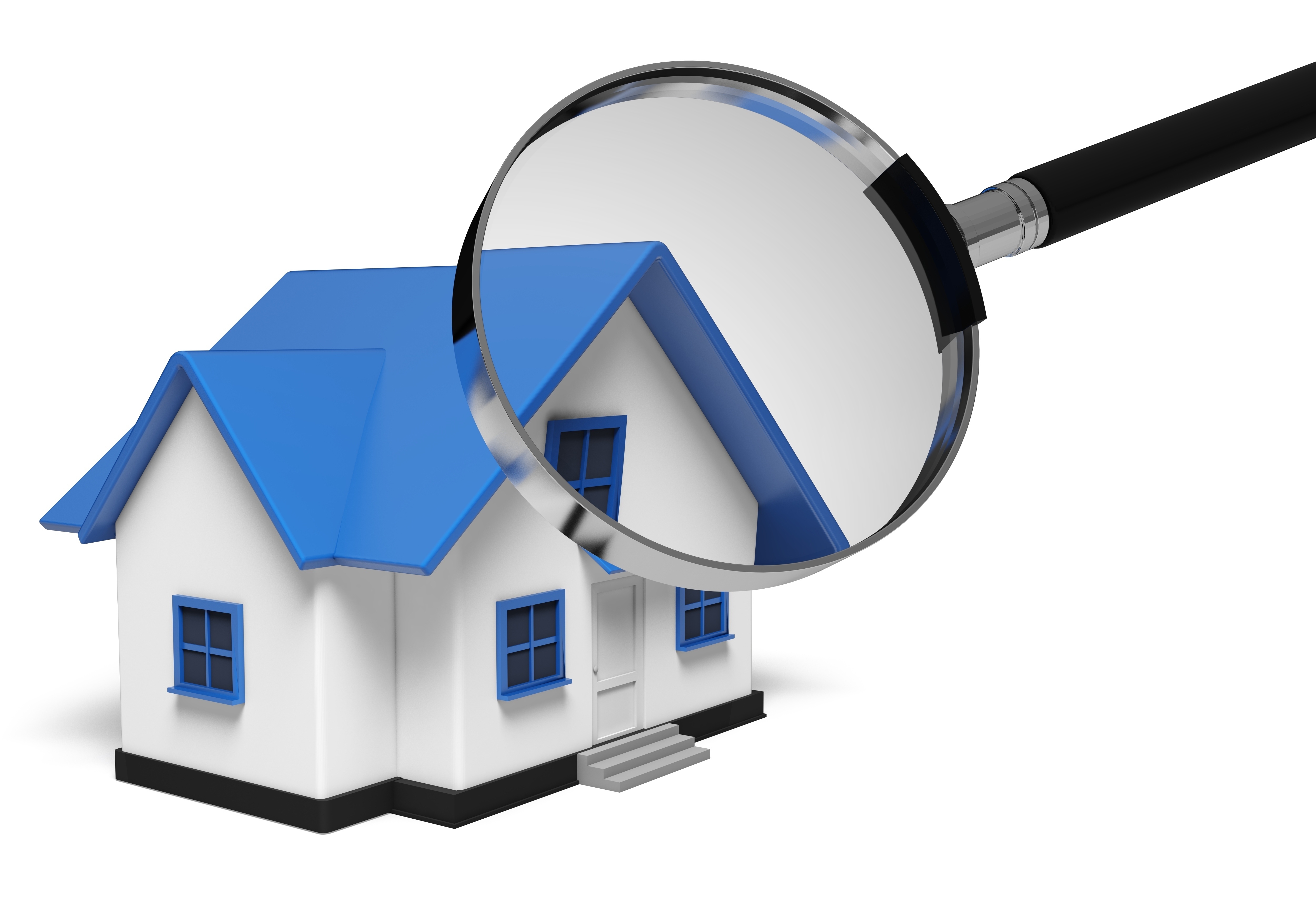
Making Sense of the Appraisal ProcessAcquiring a home can be the most important financial decision most could ever make. It doesn't matter if a main residence, a second vacation home or one of many rentals, purchasing real property is a complex transaction that requires multiple people working in concert to see it through. You're probably familiar with the parties having a role in the transaction. The most known face in the exchange is the real estate agent. Then, the bank provides the money required to finance the transaction. And ensuring all requirements of the exchange are completed and that a clear title passes to the buyer from the seller is the title company. So, what party is responsible for making sure the property is worth the purchase price? In comes the appraiser. We provide an unbiased opinion of what a buyer could expect to pay — or a seller receive — for a parcel of real estate, where both buyer and seller are informed parties. A licensed, certified, professional appraiser from Appraisal-One will ensure, you as an interested party, are informed. Inspecting the subject propertyOur first duty at Appraisal-One is to inspect the property to determine its true status. We must see features first hand, such as the number of bedrooms and bathrooms, the location, and so on, to ensure they really exist and are in the condition a typical person would expect them to be. To make sure the stated square footage has not been misrepresented and document the layout of the property, the inspection often includes creating a sketch of the floorplan. Most importantly, we look for any obvious amenities - or defects - that would affect the value of the house. Following the inspection, an appraiser uses two or three approaches to determining the value of the property: sales comparison and, in the case of a rental property, an income approach. 
Replacement CostThis is where the appraiser gathers information on local building costs, the cost of labor and other factors to calculate how much it would cost to replace the property being appraised. This figure commonly sets the maximum on what a property would sell for. The cost approach is also the least used predictor of value. 
Sales ComparisonAppraisers are intimately familiar with the neighborhoods in which they work. They innately understand the value of certain features to the people of that area. Then, the appraiser looks up recent sales in close proximity to the subject and finds properties which are 'comparable' to the property at hand. Using knowledge of the value of certain items such as upgraded appliances, additional bathrooms, additional living area, quality of construction, lot size, we add or subtract from each comparable's sales price so that they more accurately match the features of subject property.
In the end, the appraiser reconciles the adjusted sales prices of all the comps and then derives an opinion of what the subject could sell for. When it comes to knowing the true worth of features of homes in Huntington Beach and Orange, Appraisal-One can't be beat. The sales comparison approach to value is typically awarded the most consideration when an appraisal is for a real estate sale. Valuation Using the Income ApproachA third way of valuing a property is sometimes employed when an area has a reasonable number of rental properties. In this situation, the amount of income the property produces is factored in with income produced by similar properties to derive the current value. Coming Up With The Final ValueCombining information from all approaches, the appraiser is then ready to put down an estimated market value for the property at hand. The estimate of value at the bottom of the appraisal report is not necessarily what's being paid for the property even though it is likely the best indication of what a property is worth. Prices can always be driven up or down by extenuating circumstances like the motivation or urgency of a seller or 'bidding wars'. But the appraised value is often used as a guideline for lenders who don't want to loan a buyer more money than they could recover in case they had to sell the property again. It all comes down to this, an appraiser from Appraisal-One will help you get the most accurate property value, so you can make wise real estate decisions. |